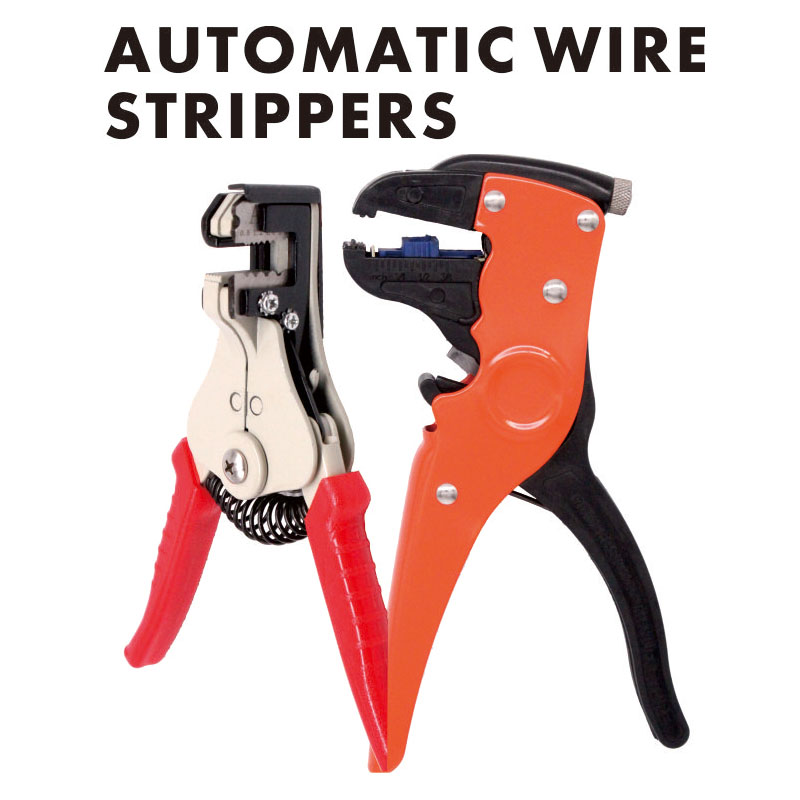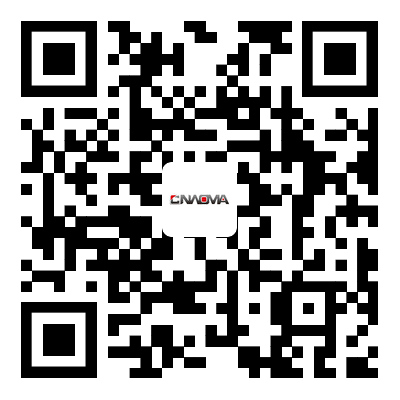What safety precautions should I take when using stripping tools?
2024-09-26

What safety precautions should you take when using stripping tools?
1. Always wear safety goggles or glasses to protect your eyes from debris, especially when stripping thick wires that may produce a lot of flying debris.
2. Use pliers to hold the wire and avoid holding the wire with your hands. This is especially important when stripping smaller wires where there is a higher risk of cutting your fingers.
3. Do not strip wires near live electrical currents. Make sure to turn off the power before starting the job.
4. Make sure the blade is not dull or damaged. Blunt blades can increase the risk of injury and also cause damage to the wire.
5. Always cut away from your body. This will reduce the risk of injury if the tool slips or the wire moves suddenly.
What are the common types of stripping tools?
There are several types of stripping tools, including:
- Automatic wire stripping tool
- Manual wire stripping tool
- Self-adjusting wire stripping tool
- Compound automatic wire stripping tool
- Laser wire stripping tool
What are the benefits of using self-adjusting wire stripping tools?
Self-adjusting wire stripping tools can adjust to different wire gauges easily and require less force to operate. They also reduce the risk of accidentally cutting through the wire.
What should you do if the wire gets stuck in the stripping tool?
If the wire gets stuck, stop using the tool immediately, cut off the power, and remove the wire gently. Ensure that the tool is not damaged before proceeding.
How to maintain your stripping tools?
It is essential to keep your stripping tools clean and lubricated to ensure they last long. You can use a dry cloth to clean off any dust or debris and use a lubricant such as WD-40 to keep the blade sharp and rust-free.
In conclusion, Stripping tools are essential tools used in electrical work. However, safety is paramount, and users should take the necessary precautions to avoid accidents during use.
Yueqing Woma Tools Co., Ltd. prides itself on offering high-quality tools, including stripping tools, that are safe and effective. Our tools are designed to make your work easier while ensuring that you are protected from injury. Visit our website at https://www.womatoolcn.com to learn more about our products and services or contact us at admin@womatools.com.
Scientific Papers:
1. Smith, J. D., 2019, "The importance of safety precautions when working with stripping tools", Electrical Safety Journal, Vol. 65.
2. Johnson, M. A., 2018, "A comparison of different types of stripping tools and their effectiveness", Electrical Engineering Magazine, Vol. 72, Issue 4.
3. Wang, C. M., 2017, "The design and development of a new laser wire stripping tool", Journal of Materials Processing Technology, Vol. 249, pp. 345-352.
4. Brown, K. R., 2016, "The benefits and drawbacks of self-adjusting wire stripping tools", Wire and Cable Technology International, Vol. 41, Issue 3.
5. Lee, H. J., 2015, "A study of the mechanics of wire stripping", Journal of Manufacturing Processes, Vol. 20, pp. 86-94.
6. Chen, X. Y., 2014, "The effect of blade sharpness on the stripping force and the quality of the stripped wire", Journal of Materials Processing Technology, Vol. 214, pp. 1268-1275.
7. Garcia, R. M., 2013, "The effect of wire gauge on the stripping time and quality using an automatic wire stripping tool", The International Journal of Advanced Manufacturing Technology, Vol. 64, Issue 5-8, pp. 951-961.
8. Kim, T. J., 2012, "The development and evaluation of a new compound automatic wire stripping tool", Journal of Mechanical Science and Technology, Vol. 26, Issue 6, pp. 1671-1679.
9. Patel, N. D., 2011, "The effect of temperature on the stripping force and quality of different types of insulating materials", Journal of Polymer Engineering, Vol. 31, Issue 9-10, pp. 559-563.
10. Li, Y. F., 2010, "The study of the effects of different lubricants on the stripping force and the quality of the stripped wire", Tribology International, Vol. 43, Issue 1-2, pp. 219-226.
 English
English Español
Español  Português
Português  русский
русский  Français
Français  日本語
日本語  Deutsch
Deutsch  tiếng Việt
tiếng Việt  Italiano
Italiano  Nederlands
Nederlands  ภาษาไทย
ภาษาไทย  Polski
Polski  한국어
한국어  Svenska
Svenska  magyar
magyar  Malay
Malay  বাংলা ভাষার
বাংলা ভাষার  Dansk
Dansk  Suomi
Suomi  हिन्दी
हिन्दी 



